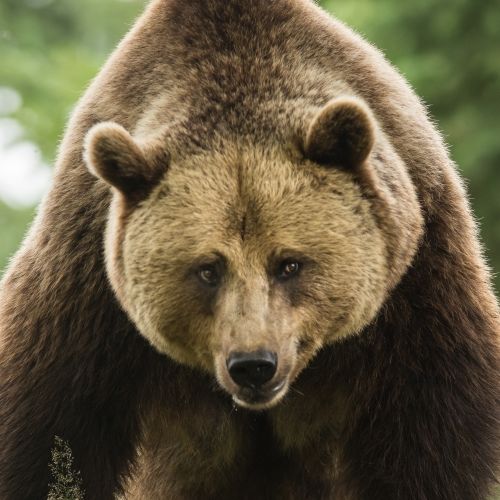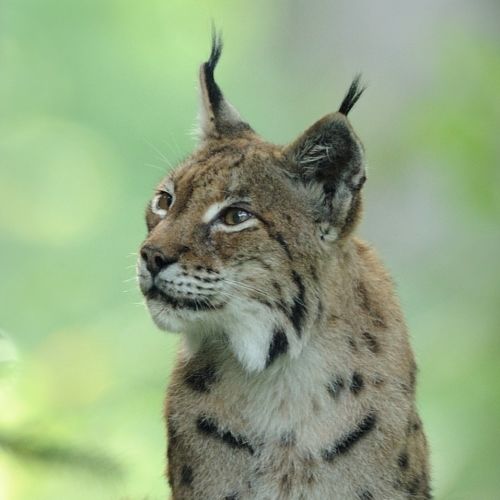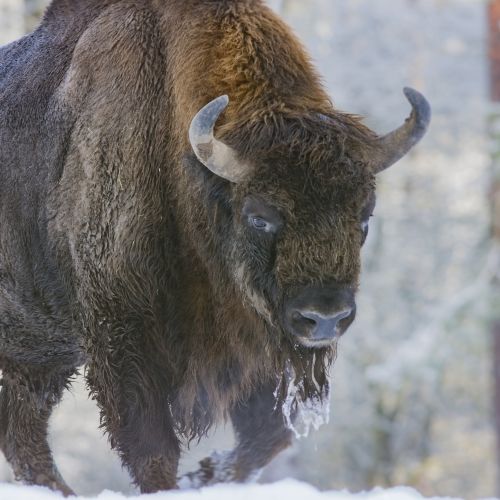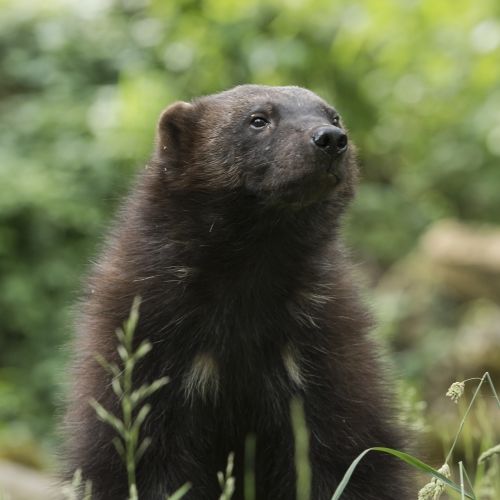The ibex
Here sits a tiny plot patch of land where wild flowers dance in the wind. A landscape that is both ordinary and extraordinary and where nature is pure and free. In front of the meadow looms a bare hill with steep cliffs. On its rocky slopes, a surefooted ibex climbs the hill with his confident gait. He easily finds his way through the many-coloured heather and effortlessy climbs the steep hill. The ibex majestically wears its curved horns, adding a touch of charming whimsy to this wonderful tableau...
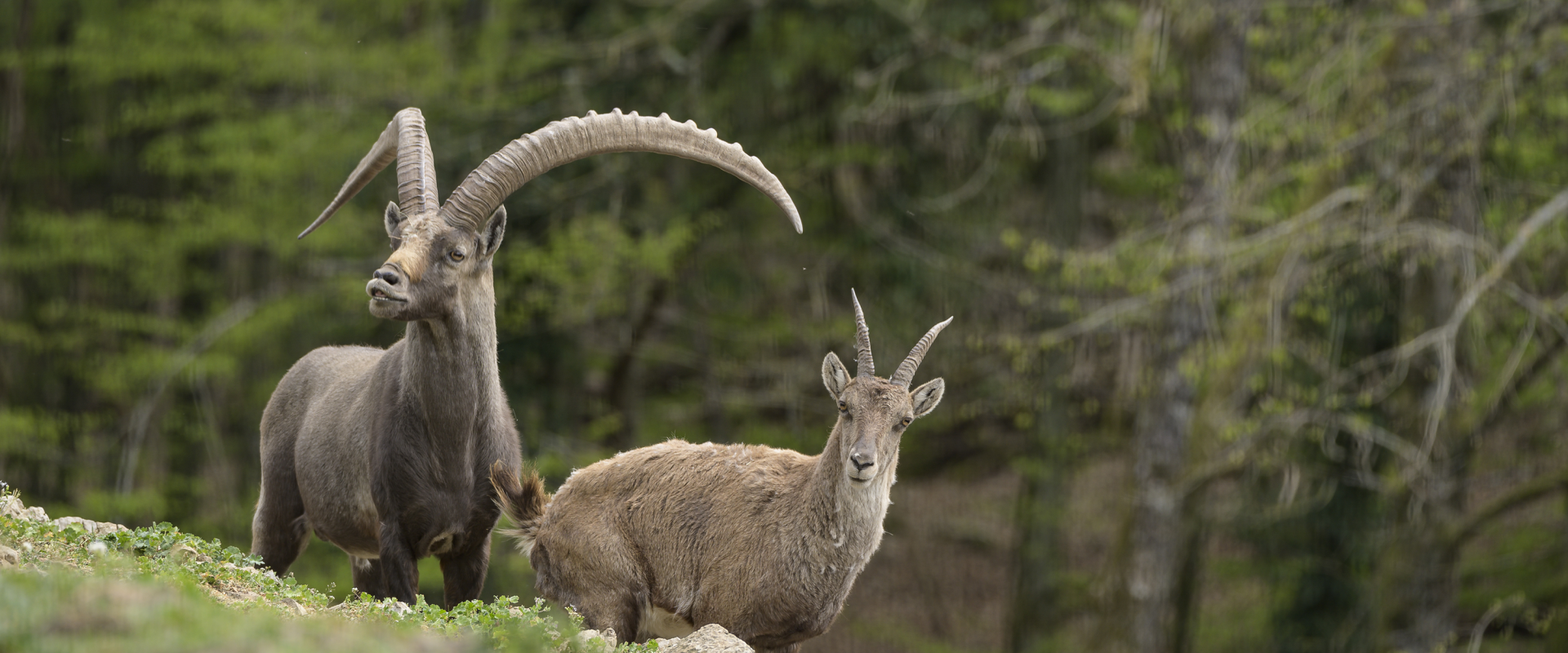
Cliffside acrobatics
Nowadays, 2 different species of ibex populate several Southern European areas: the Alpine ibex and the Iberian ibex. The ibex lives in rocky, steep and mountainous areas that are difficult, even almost impossible to access for its predators and humans. For a long time, the ibex was hunted by man and almost became exctinct around the mid-19th century. Thankfully, the species is now protected and thriving.
Both male and female Ibexes have horns. Those of the male are very heavy, recurve as they grow and can reach up to 1 meter in length, while those of the female rarely grow beyond 20 cm. The horns are transversely ridged in front. Their age can be determined by counting these annual horn rings.
Because of the shape of its hooves allowing it to grip the sides of steep, rocky cliffs, the ibex has incredible rock-climbing skills and can scale near-vertical cliffs with ease! It is an extremely agile and supple animal that is capable of performing spectacular jumps.
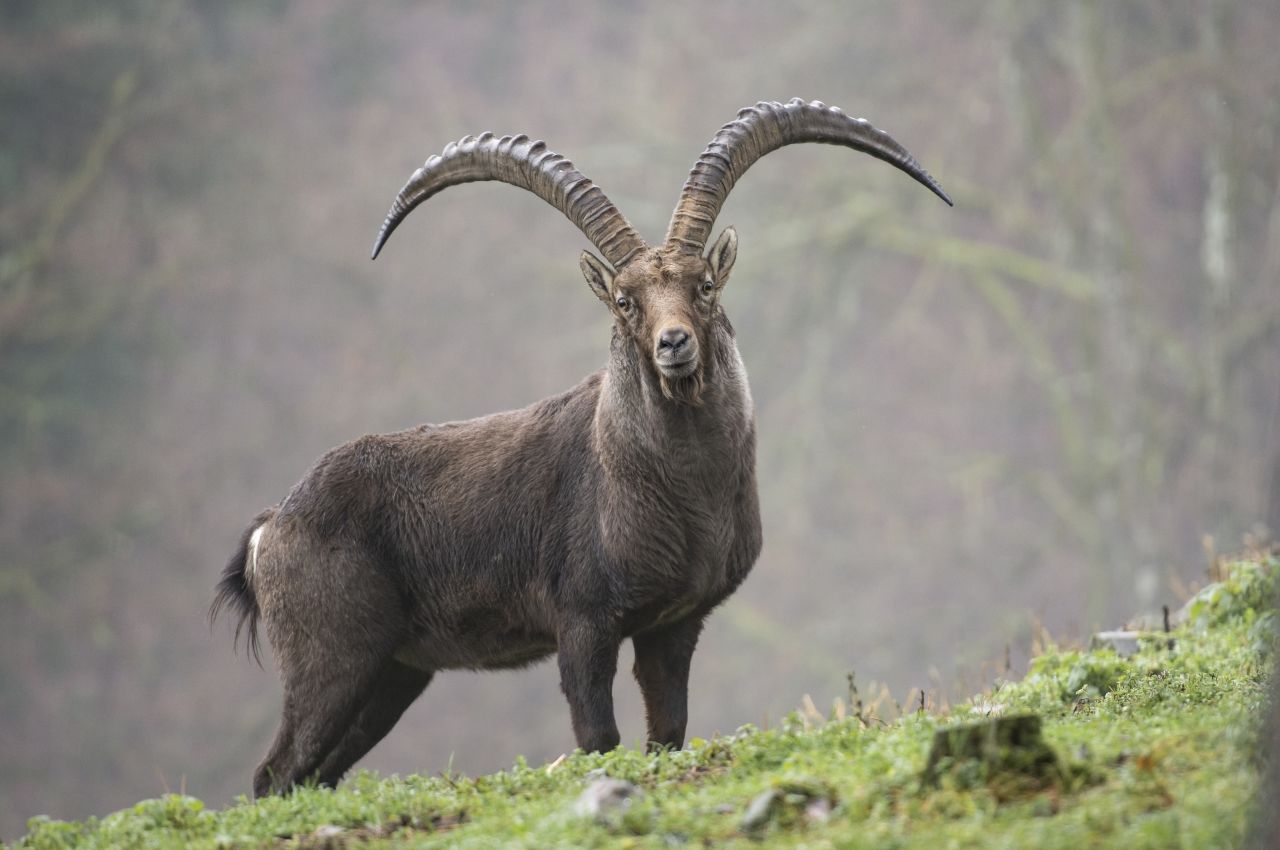
Social life
The ibex is a gregarious animal, it lives in herds of up to a hundred individuals. It's territory stretches out over approximately 20 km² and is divided into 3 areas that the ibex occupy depending on the time of year and the food resources. Ritualised behaviours such as intimidation displays determine their place in the hierarchy.
Did you know that?
The male ibex is referred to as a buck, a female is doe and young ibex are called kids.
The species nearly became exctinct in the mid-19th century, but is fortunately protected. The Grand Paradis National Park which stretches out over two Italien regions, Piedmont and the Val d'Aoste were both created in order to help the ibex thrive.

Discover the European Big 5
The bison, the wolverine, the wolf, the lynx and the brown bear
